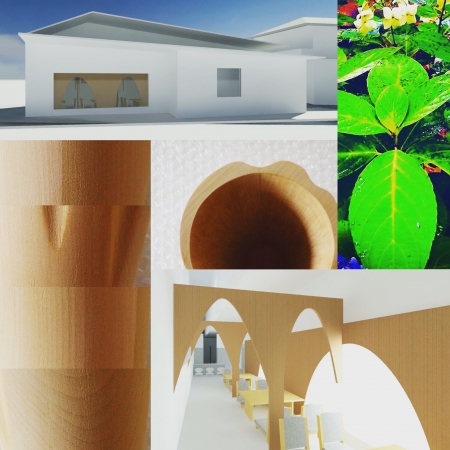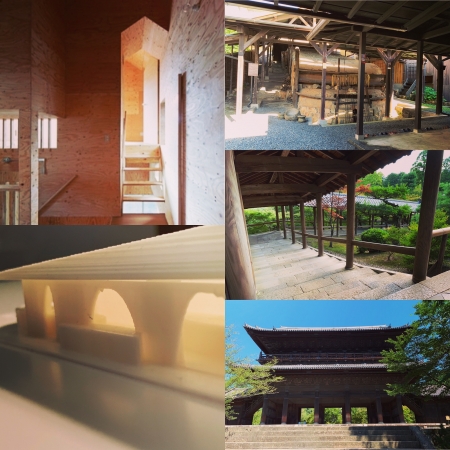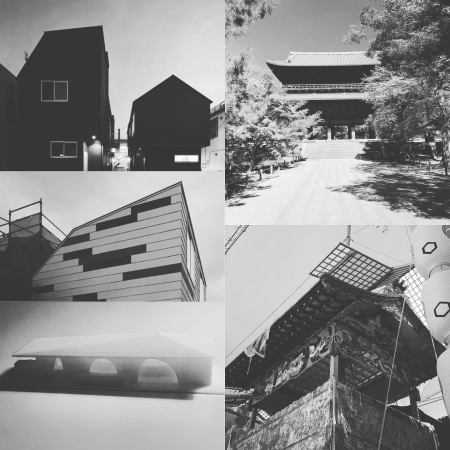建築の地形化
地形の複雑さをどれほど建築に取り込めるかを考えていると、地形を建築化しようとしてしまう。本当は建築を地形化したいのだが、地形が持つ複雑で変化に富んだ形状がまず存在するので、それと建築を同化させるようなことをすると、先に存在している地形を手がかりにしてしまう。
一旦イメージで、地形を建築化した上で、次にその建築を地形化してみる。まず先に建築がある状態をつくり出し、次にその建築の形式を壊し、一旦廃虚にしてから、次の建築のイメージを考えるのがよいかもしれない。
"Architectural terrain"
When thinking about how much the complexity of the terrain can be incorporated into architecture, we try to build the terrain. I really want to make architecture into terrain, but since there are complex and varied shapes that terrain has, if you try to assimilate it with architecture, you will use the terrain that already exists as a clue.
After building the terrain with an image, then try to build the terrain. It may be better to first create a state of architecture, then destroy the form of that architecture, ruin it once, and then think of the image of the next architecture.































